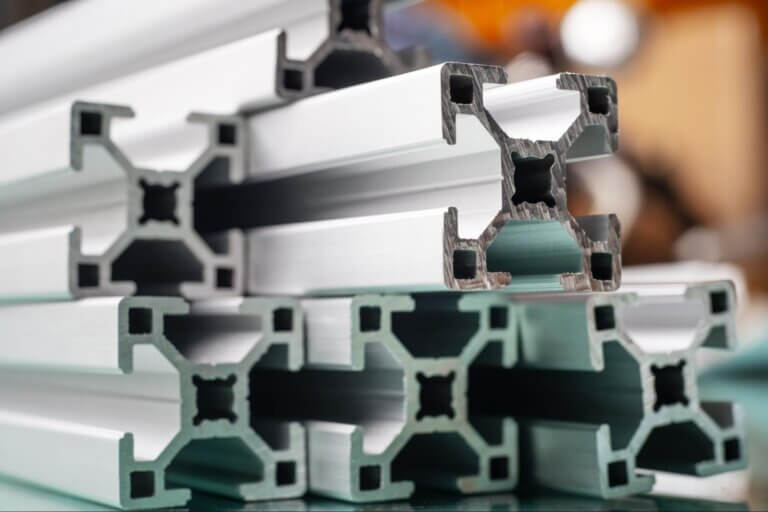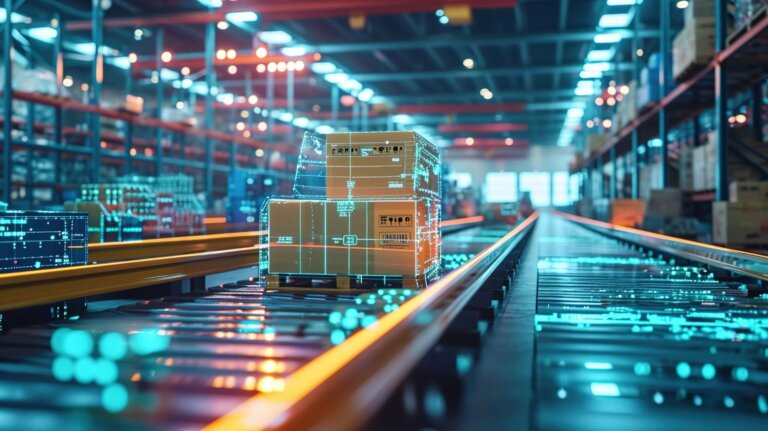Time to read: 2 min
The most popular question we get at Fictiv is around 3D printing material choice: “Which material is best for my project?” Each material has its own benefits and drawbacks, and it can be hard to make a decision without holding and seeing the material for yourself.
You’re always welcome to come by the Fictiv office in San Francisco to take a look at samples, or take a look at the Fictiv Capabilities Guide, but as the next best thing…we have videos!
Here’s a high-level overview of the specs for each material + a quick showcase video, so you can get a feel for the resolution, aesthetic, and functionality of each.
PLA
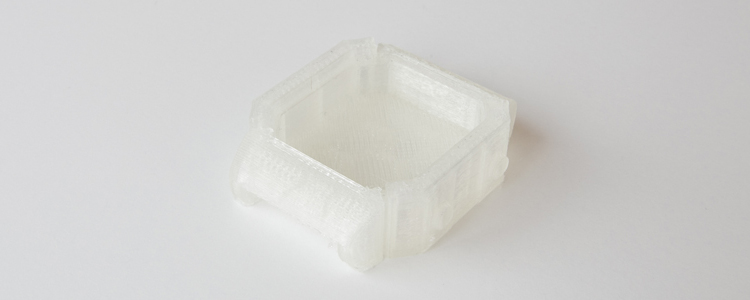
Technology: FDM
Cost: $
Pros: Cheap, rigid, and non-toxic
Cons: Low resolution
Great for: Testing initial form
VeroWhite
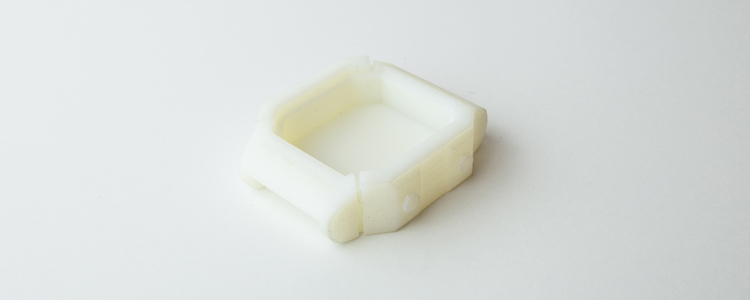
Technology: Polyjet
Cost: $$$
Pros: High resolution, easy to sand and easy to paint
Cons: Not great for mechanical functionality
Great for: Visual Models.
VisiClear
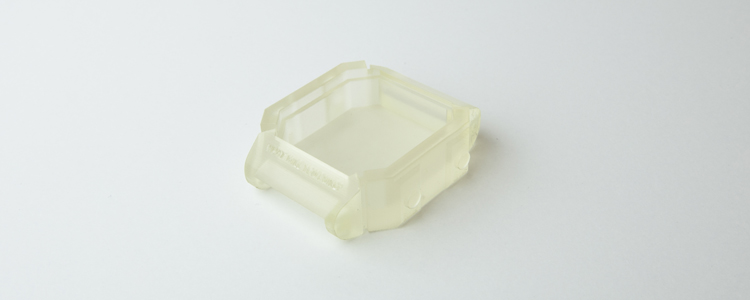
Technology: SLA
Cost: $$$
Pros: Uses a wax support system, so really easy to melt away support material for accurate geometries
Cons: Counter to its name, it’s not actually very clear / transparent
Great for: Strong and accurate parts; Parts that have complex internal geometries
VeroClear

Technology: Polyjet
Cost: $$
Pros: Relatively clear and not too expensive
Cons: Still not 100% transparent (somewhat foggy); If you need a completely transparent material, contact us at info@fictiv.com.
Great for: Most enclosures and light pipes (check out this post to see how VeroClear works for light pipes)
Rubber-Like
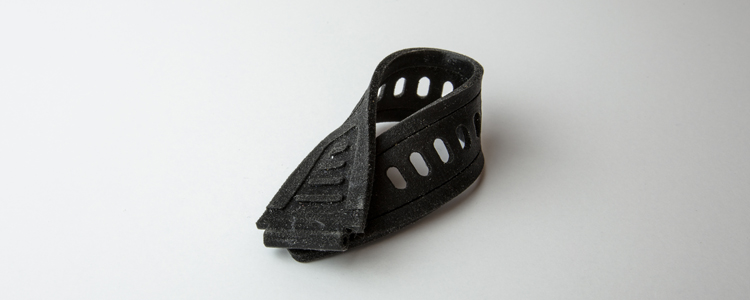
Technology: Polyjet
Cost: $$$
Pros: Flexible
Cons: Not stretchy
Great for: Functional prototypes that need a rubbery material in the overmold
Nylon
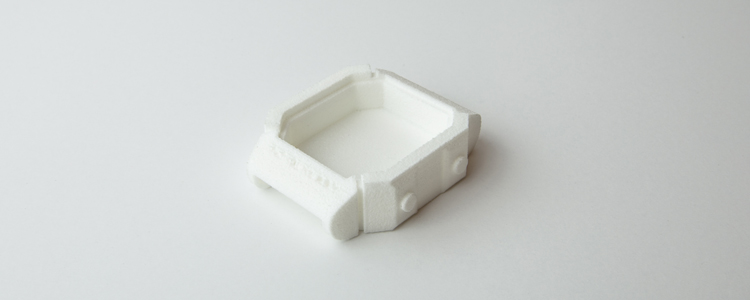
Technology: SLS
Cost: $$
Pros: Strong and durable
Cons: Not a smooth finish; Has more of a fine-grit sandpaper feel
Great for: Functional parts, fixtures, and high strength-to-weight parts.
ABS

Technology: FDM
Cost: $
Pros: Low cost like PLA but with a slightly higher resolution
Cons: Still prints with a fairly low-resolution finsh, so not great for visual models
Great for: More complex early-stage prototypes that need to be low in cost
ABS-Like
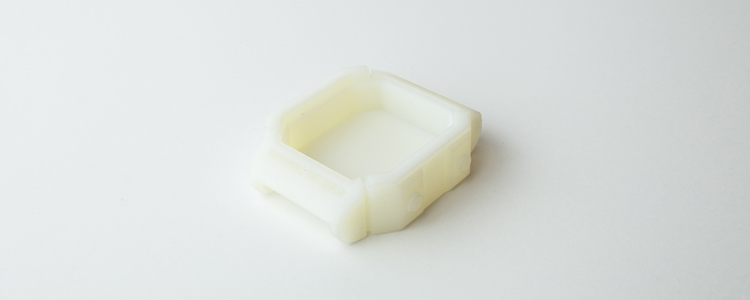
Technology: FDM
Cost: $$$
Pros: High resolution, high strength & high temperature tolerance
Cons: Expensive
Great for: Functional prototypes with mechanical parts, such as gears; Great for parts that require tapping or mounting
To get an instant quote for 3D printing in any of these materials, create a Fictiv account here.









